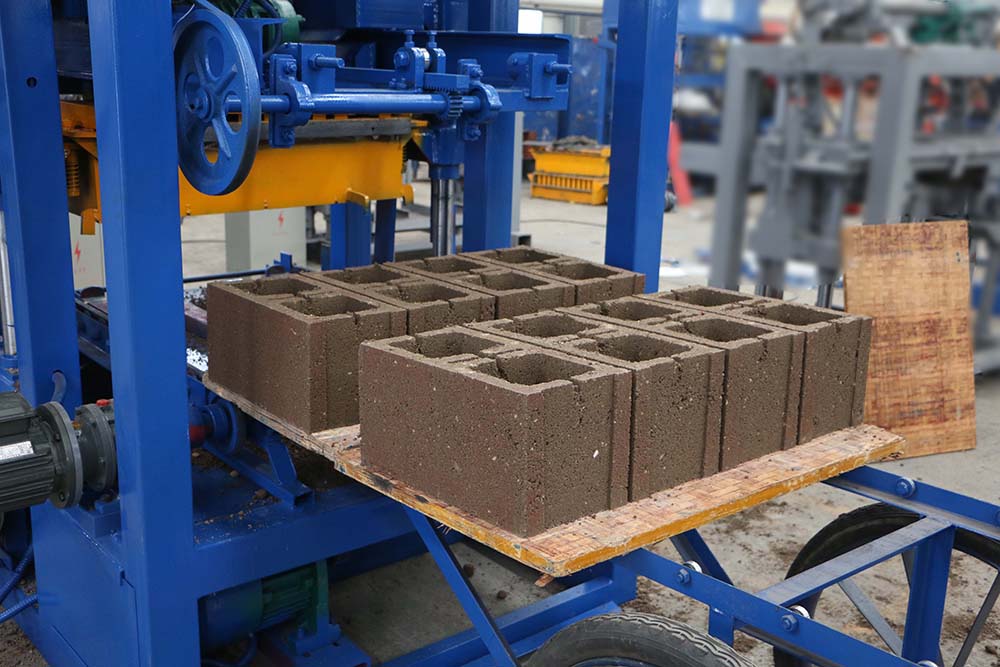If you want to ran a brick factory, the following four questions you must know:
1. What conditions do you need to run a non fired brick masonry plant? How much money do I need to invest?
Answer: As long as you have fly ash, coal gangue, slag, stone powder, sand, construction waste in 1 – 2 kinds, with 550 feet above the site and a certain amount of venture capital, can be set up unburned brick factory. We tailor our investment options from $10,00 to $1,000,00 covering an area of 500 to 40 mu. You can run factories on a large scale and roll over from small to large.
2. What is the different strength between unburned blocks bricks and clay red bricks? How long is its service life?
Answer: clay fired bricks are generally labeled 75 to 100. The unburned brick produced by new technology brick machine is strictly designed according to the standard above 300. Its strength exceeds the national standard. The maximum compressive strength can reach 35Mpa. Due to the pozzolanic reaction of fly ash and other materials, calcium silicate and calcium aluminate gel filled pores are formed, which enhances bond strength, promotes long-term growth of strength, and has good durability, corrosion resistance and stability. Both theory and practice have proved that its late strength is growing and its service life is longer than that of clay bricks.
3. What raw materials should be used to produce the lowest cost of non fired brick? How does the cost compare with clay bricks?
Answer: As long as there are fly ash, slag, gangue, sand, stone powder, slag and other industrial waste resources in your local, which kind of material is the most abundant and cheapest, the use of this material to produce brick costs will be the lowest. Because the production process is free from evaporation and evaporation, the production cost is lower than the cost of clay fired bricks.
4. Can hollow blocks only make walls and infill walls?
Answer: In the 1980s, the production of hollow block in our country was in the primary stage, and the backward technology left a bad impression on people, thinking that it can only be used as wall; with the development of science and technology, block has been widely used in non-load-bearing wall and load-bearing wall construction; the use of professional technology to produce load-bearing hollow block brick is load-bearing wall materials. The main products, according to different needs, can produce compressive strength of 1.5 MPa – 35 MPa and other different grades of production, more than 5.0 MPa for load-bearing walls, less than 5.0 MPa for non-load-bearing wall frame structure, load-bearing brick strength can be completely higher than clay fired brick strength.

